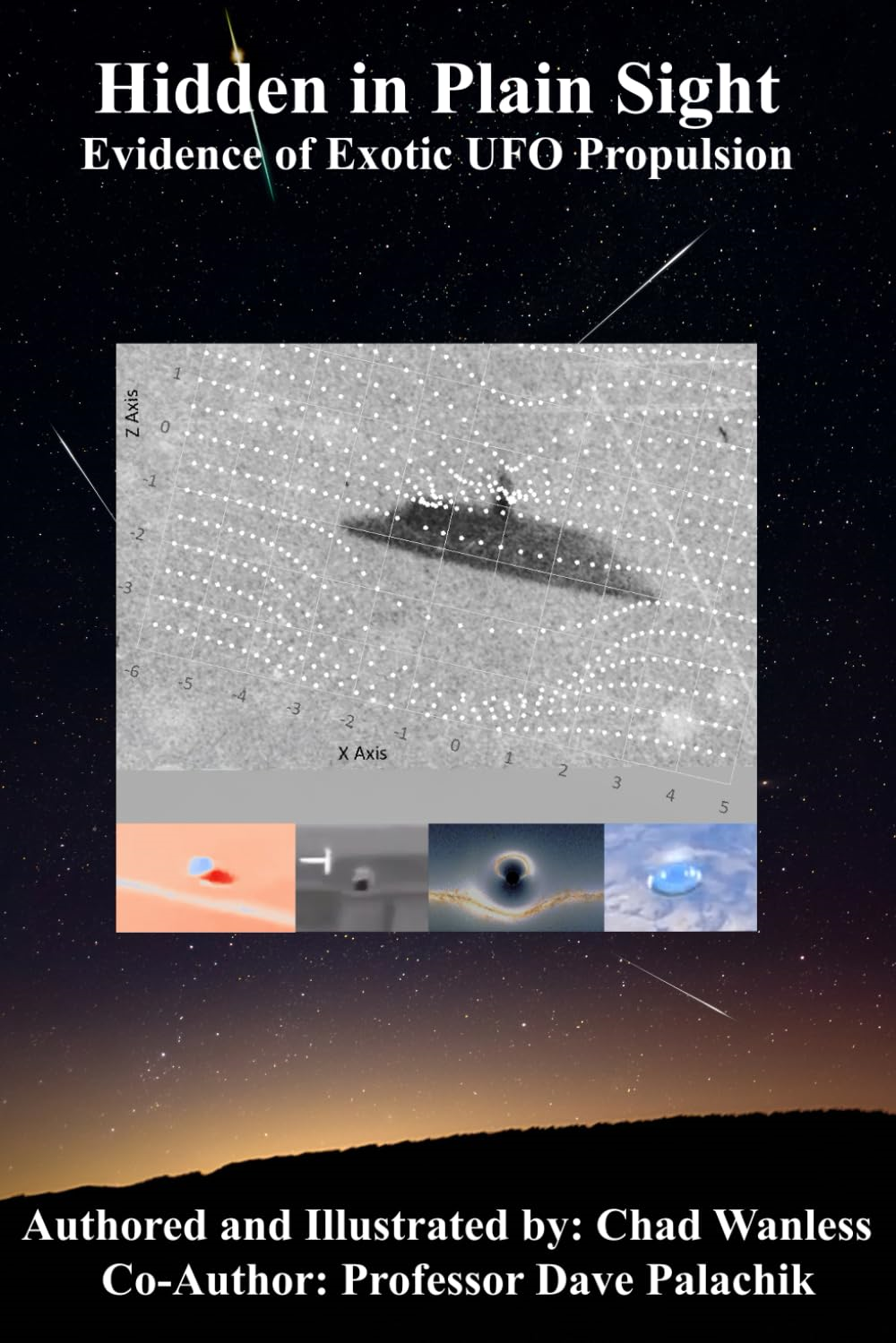DNA double helix structures crystals0
- From Around the Web, Science & Technology
- April 11, 2017
Method developed for DNA programmed material synthesis
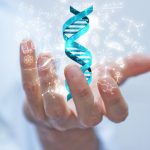
Method developed for DNA programmed material synthesis

The robot, created by New York firm Construction Robotics, highlights the issues of employee displacement caused by automation in the construction industry.

A sci-fi staple for decades, laser weapons are finally becoming reality in the US military, albeit with capabilities a little less dramatic than at the movies.

It’s even spookier than we predicted.
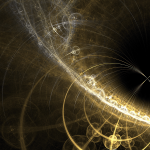
Long ago, physicists identified and categorized the components of the visible universe. Up until recently, 16 particles formed everything in the known universe. But now, thanks to the efforts of physicists at CERN working with the Large Hadron Collider (LHC), we have added another particle, the Higgs boson, to the Standard Model of physics.

Scientists hope experiment, which can generate temperatures of around 3,500C, will help to develop carbon-neutral fuel

What if lawyers could prove that a person knowingly committed a crime by looking at scans of his or her brain? It sounds like something from a science fiction story, but a new study suggests that we may be one step closer to this reality.
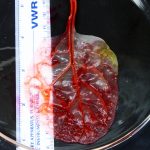
Using the plant like scaffolding, scientists built a mini version of a working heart, which may one day aid in tissue regeneration.
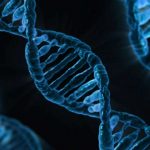
Researchers from King’s College London have used a genetic scoring technique to predict reading performance throughout school years from DNA alone.
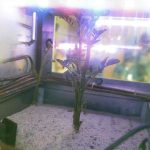
Scientists in Peru conducted experiments reminiscent of the 2015 Matt Damon film the Martian, creating similar conditions on Earth

